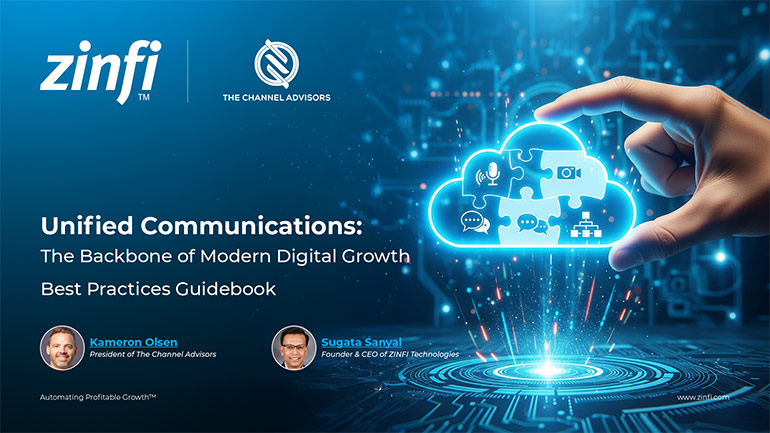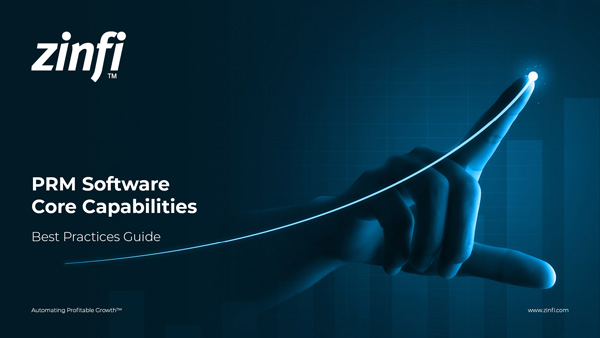When looking at the PRM Software market, you must first establish your organization’s specific needs. You must get a good understanding of the characteristics of your channel partners and how you are going to develop and execute partner relationship management and partner marketing programs for them. Different transacting and non-transacting partners such as Affiliates will need customized programs with a personalized approach in order to be relevant.
PRM Software Best Practices & Core Capabilities Best Practices
More about this PRM Software Core Capabilities Guide
Partner Relationship Management (PRM) Software provides an enormous opportunity – to make doing business between diverse organizations and individuals easy. It may sound simple, but it’s actually very complex.
This Guide sheds light on the enormity of the problem and the opportunity of this solution powering today’s channel programs and partner ecosystems. Read on to learn what core capabilities are in a best-in-class solution and key considerations throughout the deployment.
Download this Guide to learn:
- Where to begin when evaluating Partner Relationship Management (PRM) Software
- How PRM solutions can power today’s dynamic partner ecosystems
- Ways to rethink and automate your channel management program
- What to look for as you go through the evaluation process
- Potential pitfalls in PRM deployment to watch out for
Topics covered in this PRM Management Software Core Capabilities Guide:
This section addresses what partner ecosystems are and how they have evolved over time. It covers the role of partner relationship management in building, engaging, and collaborating with all types of new and legacy partners.
Managing partner ecosystems can be a complex task and requires powerful tools and platforms to automate while hyper-personalize the process. PRM software has evolved to meet this challenge, providing channel professionals with a robust solution to manage every part of their partner relationship management strategy.
Evaluating partner types and programs is the foundation of managing all aspects of a partner ecosystem. The more complex the ecosystem, the harder it is to manage. That’s where PRM software can help, but it must be elegant, flexible, and configurable.
Once companies have established the dynamics of their partner ecosystem, they must then look towards automation to scale. Each type of partner must be engaged in a structured way, starting with recruitment and partner onboarding. When you have identified the partner journey, your PRM software must be robust enough for you to design all types of automated programs and methods of deployment.
Once you have onboarded your partners, you must constantly think about new programs, content, rewards, and other types of incentives. If you sell mainly through alliances, make sure you develop a program that has strong partner onboarding training but is not tied to inventory and reselling. For transacting partners, you must look towards recruitment, onboarding, enablement, management, co-marketing, and overall strong partner relationship management.
Based on the dynamic and distributed nature of your ecosystem, programs must be designed with a selection of key attributes. Hyper-personalization will make you more relevant while mobility is going to make the program more accessible. Collaborating with your partners should be at the foundation of your strategy, always producing fresh content. To digitize your partner program, you must have strong workflows in process, connectors in place to integrate with other systems, and a powerful reporting functionality to really understand the performance of your partner ecosystem.
When selecting a PRM Software solution there are core capabilities you must consider if it is going to scale with your business. Consider Ease of Use, configurability, and the ability to track ROI as a must. Also, look towards the vendor of choice. Are they focused on innovation and do they future-proof their solutions? The checklist at the end of the Guide will help you determine what is right for you.
















